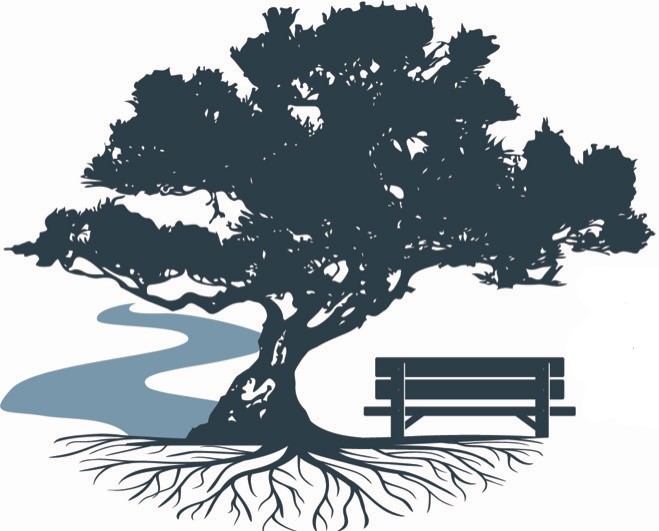This map relates to 116 acres on northern Isle of Hope owned by Cyrenius Hall, Isle of Hope’s greatest artist, whose portrait of Chief Joseph of the Nez Perce Indian tribe hangs in the National Portrait Gallery and was featured on a 6 cent stamp. The map was prepared in January of 1895 by Chatham County Engineer E. J. Thomas and is entitled, “A Plan of Twenty Lots at Isle of Hope Surveyed for Cyrenius Hall, Esq.” Today the area on the map would be generally bounded by Grimball Point Road on the north and west and Hopecrest Avenue on the south.
The map shows one chapter in the story of the subdivision and development of the Grimball Point area, a story that begins with the Parker family in the earlies days of colonial Isle of Hope. Cyrenius’ 116 acres were part of the original 500 acres that Henry Parker settled in 1736 as one of Isle of Hope’s original settlers. Henry did not receive a land grant for the property and never owned it. He merely leased it. In 1757, three years after Henry’s death, his widow Ann did receive a land grant for the property. A land grant to a woman in colonial Georgia was not common but occasionally was made to a widow for land settled by her deceased husband. This property passed down through the Parker family from Ann to her son Henry, and then from Henry to his son Dr. William Parker. William died unmarried and childless in 1838. He willed the property to his two nieces and five nephews, who split up northern Isle of Hope into seven pieces.
Alexander Maxwell, one of William’s nephews, received 132 acres in the Grimball Point area. This was before Grimball’s Point was even named Grimball’s Point. A nineteenth century map entitled, “Ila of Hope” shows a road leading from the Bluff to Alexander Maxwell’s property where there was a “settlement” with a house and cultivated fields. In 1854, after Alexander’s death, the Maxwell family sold the 132 acres for $2500. This ended four generations of Parker family ownership over 118 years. The purchaser was Francis Grimball, the namesake of Grimball Point, Grimball River, Grimball Creek, and Grimball Point Road. In 1888, Cyrenius Hall purchased 116 acres of Grimball’s property. The deed indicates that Cyrenius purchased not only Grimball’s land also “all household and kitchen furniture, beds and bedding, crockery and glassware now in and upon the homestead, and also the hogs upon said premises.” Yes, back in the day, Grimball Point was a hog farm.
In January of 1895, Cyrenius developed a plan to subdivide the property into long, narrow marsh front lots, slivers really. He planned to keep 20 acres for his family and to sell the rest in 20 five-acre lots, each fronting 70 feet on the Grimball River. A five-acre marsh front lot was priced at $500. The plan on the map was never fully executed. Hall died in December of 1895 without having sold all the lots. His widow later sold the remaining eighty acres in one sale, saving Grimball Point from being sliced up like a loaf of bread.
